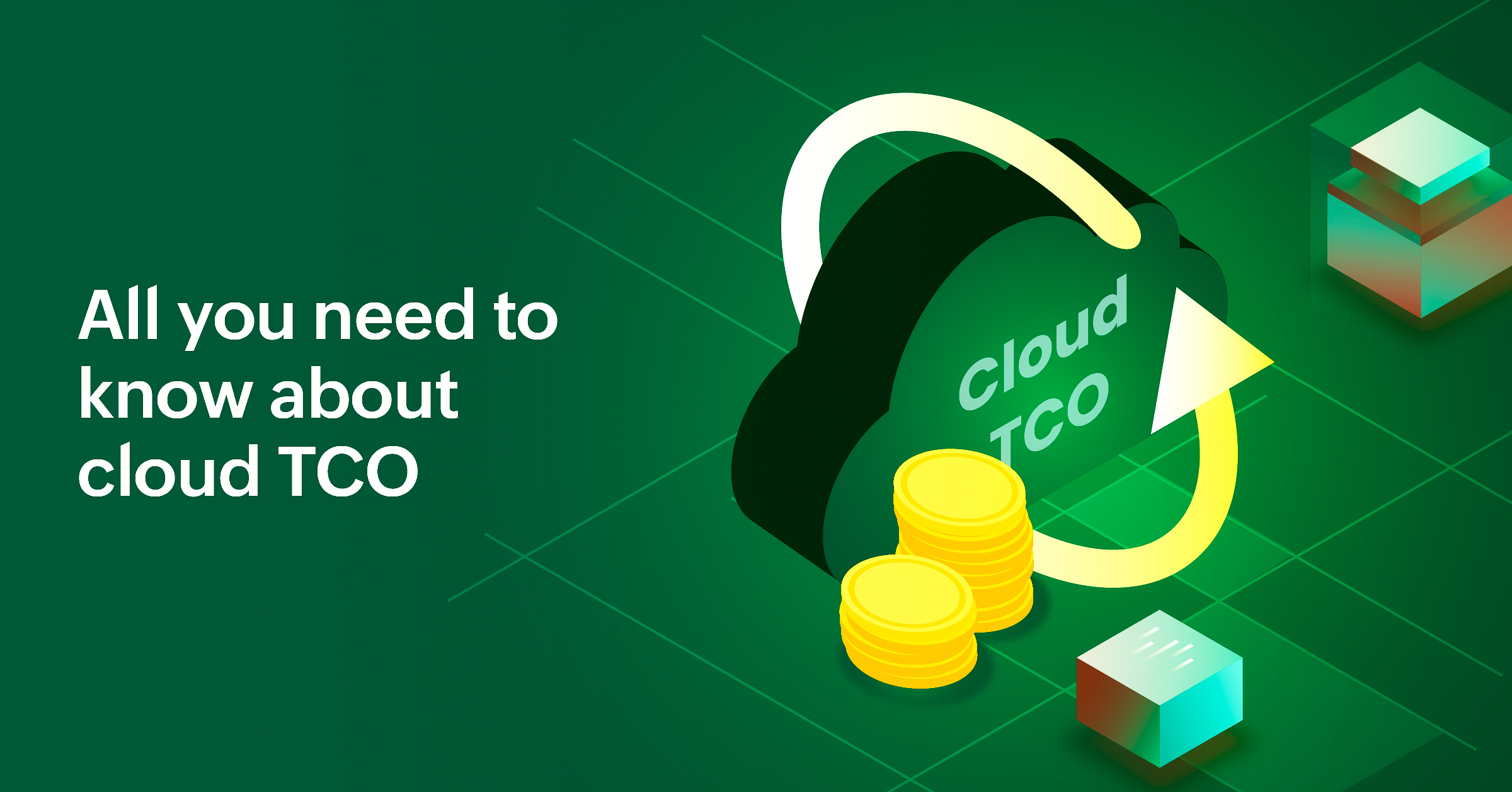What is cloud TCO? How does cloud monitoring help lower your cloud TCO?

The cloud promises agility, innovation, and virtually endless scalability. However, with great scalability comes great costs that can spiral out of control without proper oversight. Factors like over-provisioning, underutilized resources, and unexpected data transfer fees can strain budgets and reduce the overall efficiency of cloud investments. Understanding and controlling the total cost of ownership (TCO) of your cloud is therefore vital for maximizing your return on your cloud investments.
In this article, we'll explore the costs associated with owning a cloud infrastructure and how monitoring can help you optimize your cloud investments.
What is cloud TCO?
The cloud TCO is a financial metric that measures the costs associated with adopting and operating a cloud infrastructure and services over a specified period. It includes various cost factors beyond the initial purchase or subscription fees.
Some of the factors that go into the calculation of the cloud TCO are:
- Upfront costs: These include expenses incurred at the beginning of adopting cloud services, such as initial setup costs, migration costs, and any required hardware or software purchases.
- Ongoing costs: They are expenses that recur regularly during the operation of cloud services, such as subscription fees, bandwidth charges, storage costs, and costs associated with data transfers.
- Operational costs: These include costs related to managing and maintaining the cloud environment, such as personnel costs for administration, monitoring, and support as well as costs for training staff to operate in the cloud environment.
- Hidden costs: These are often overlooked but can significantly impact the TCO. Examples include costs for data egress (transferring data out of the cloud), fees for exceeding service limits (e.g., exceeding storage or compute quotas), and costs related to compliance and security measures.
- Indirect costs: These encompass broader impacts on the organization, such as productivity gains or losses due to improved or degraded IT services, costs associated with downtime or performance issues, and the opportunity cost of not adopting cloud services sooner or more efficiently.
Calculating the TCO involves estimating these various costs over the expected lifespan of using cloud services, typically several years. By understanding and managing these costs effectively, organizations can make informed decisions about cloud adoption, optimize resource usage, and ensure that the benefits of cloud computing outweigh the associated expenses.
How does cloud monitoring help in lowering your cloud TCO?
Cloud monitoring plays a crucial role in lowering the TCO of your cloud infrastructure by helping you optimize resource usage, enhance performance, improve security, and prevent costly downtime.
Here are some ways cloud monitoring helps lower your TCO:
1. Resource optimization
Cloud monitoring tools track resources that are not being fully utilized, such as instances running below capacity. This allows organizations to downsize or terminate these resources to reduce costs. These tools also provide insights into the actual resource usage patterns. This helps organizations rightsize instances and services to align with their needs, preventing over-provisioning.
2. Downtime prevention
Monitoring platforms can alert IT admins about potential issues before they lead to downtime. Preventing downtime helps you avoid the high costs associated with outages, including lost revenue and productivity.
3. Performance management
Continuous monitoring helps in identifying performance bottlenecks. By addressing these issues, organizations can improve the efficiency of their applications, which can reduce the need for additional resources. Also, efficient load balancing based on real-time monitoring ensures that resources are used efficiently and that no single server is overloaded. This reduces the need for excess capacity, reducing costs.
4. Cost management and reporting
Monitoring tools often include cost management features that allow organizations to track spending by department, project, or application. These detailed insights help in managing budgets more effectively. Also, many cloud cost management tools can analyze usage patterns, helping forecast future costs and enabling better financial planning and cost control.
5. Security and compliance
Continuously monitoring for security threats and compliance violations helps you prevent data breaches and other security incidents that could result in significant financial losses. Automated compliance checks and reporting help you ensure that your organization meets the requirements of regulations like the GDPR and HIPAA, preventing costly fines and reputational damage.
6. Operational efficiency
Most cloud monitoring tools facilitate the automation and orchestration of routine tasks as well as the auto-remediation of common issues through runbook automations. These reduce manual intervention and related labor costs. Moreover, cloud monitoring tools feature a centralized dashboard for monitoring all cloud resources across hybrid and multi-cloud setups. This simplifies management, making it easier and more cost-effective to oversee the entire cloud infrastructure.
Integrate monitoring into your cloud strategy and lower your TCO
Incorporating cloud monitoring into your cloud management strategy is essential for achieving optimal efficiency and substantial cost savings. ManageEngine Site24x7 offers a comprehensive cloud monitoring platform that supports AWS, Azure, and Google Cloud Platform and helps organizations optimize resource usage, manage costs, and enhance performance. By providing proactive issue detection, remediation features, and real-time insights into usage patterns, Site24x7 helps organizations reduce their operational overhead, prevent downtime, and ensure efficient, cost-effective cloud management. Sign up today!
Comments (0)